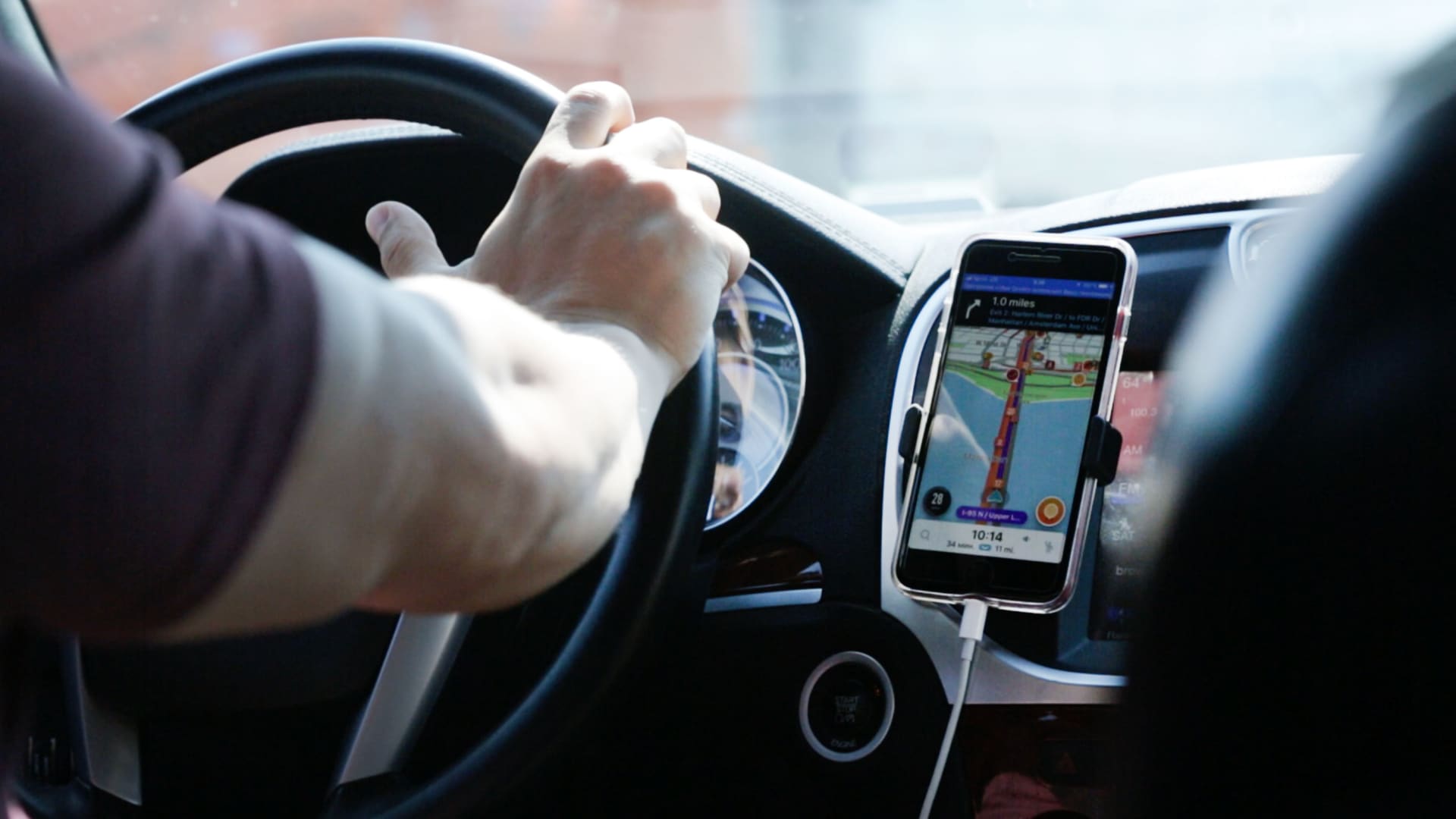Workers have been picking up secondary jobs to help makes ends meet amid rampant inflation. That second stream of income can also be a smart move to help workers fill income gaps after they are laid off and looking for a new opportunity.
“They pick up gigs when they need extra money, including when they’re unemployed,” said Susan Houseman, director of research for the W.E. Upjohn Institute for Employment Research.
Almost half, or 44% of Americans, reported they have a side job, according to a December survey by LendingTree. That’s up from 13% in 2020.
More from Personal Finance:
57% of people are uncomfortable with their level of emergency savings
Here’s how Americans are booking their summer trips this year despite inflation
Teenagers are in high demand as summer hiring surge gets under way
How laid-off workers use side gigs as a bridge
Workers who have a side hustle in the “online platform economy” — sites such as Airbnb, Etsy, Uber or TaskRabbit, for example, that help connect them with customers and facilitate payment — were more likely to have received unemployment than wage-only workers, according to a 2019 study of IRS data between 2009 and 2016.
Researchers noted that other studies have found that kind of gig work can help “smooth income around shocks like job loss.”
“It’s interesting that you’re finding people using the wide range of internet platform opportunities to just earn a little money on the side while they’re looking for a regular permanent job,” Houseman said.
How side hustles play into other layoff money moves
There are more ways you can protect yourself financially for an income disruption, such as slowly but surely saving at least three months’ worth of expenses.
Additionally, there are a few important money tasks to complete as soon as possible after a layoff. Make sure to apply for unemployment benefits, figure out your health care options and revisit your retirement plan. Examine your budget and assess whether a side hustle might help.
“Generally speaking, when it comes to a side gig, I really believe as a financial planner that you being an individual are your biggest asset,” said certified financial planner Lazetta Rainey Braxton, co-founder and co-CEO of 2050 Wealth Partners. Braxton is also a member of CNBC’s Financial Advisor Council.
If you believe you could succeed with the help of a side job, make sure to filter your search according to your skills and interests to increase the chances of a good fit. However, keep in mind that some of these additional jobs take time: Factor in startup costs, a rough timeframe of when you might get paid and how this may affect your unemployment benefits.
Leverage your skills in different ways to generate income in your primary and side gig in a sustainable and productive way, and use the additional income for goals, cushion accounts or emergency savings, Braxton said.
The key, she explained, is to “be clear on how you use your time, your capacity and be wise with what you generate from it.”
